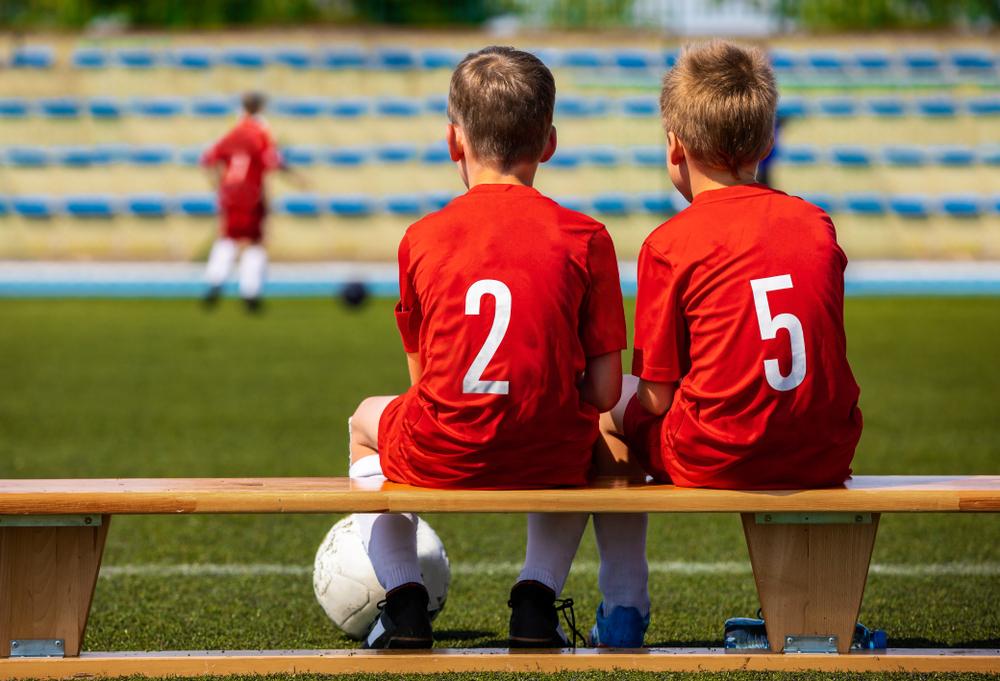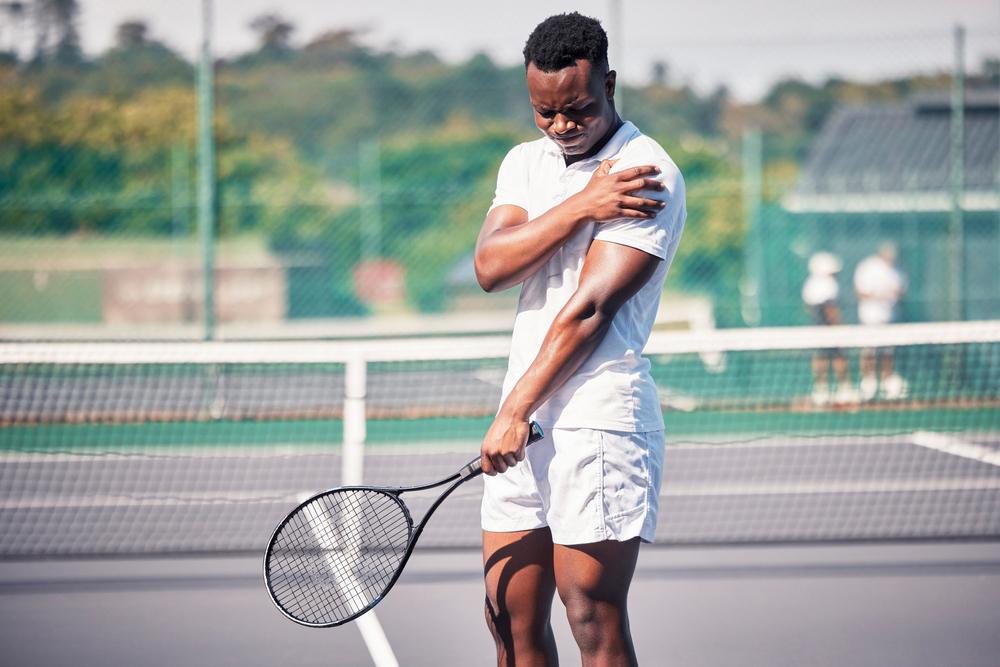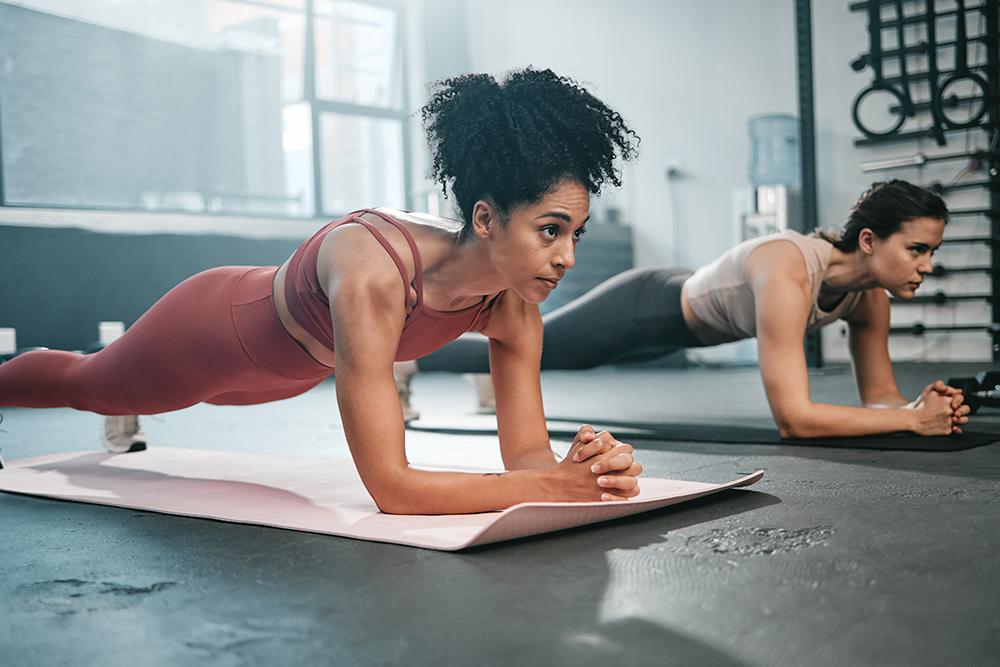By Emilee Bounds and Timothy Baghurst
Health and Human Performance, Oklahoma State University
 With sport comes triumphant wins, easy blowouts, close games, and unfortunately, tough losses. And in the moment to a young athlete, those losses are just that: tough. But they also can serve as some of the best learning experiences in life.
With sport comes triumphant wins, easy blowouts, close games, and unfortunately, tough losses. And in the moment to a young athlete, those losses are just that: tough. But they also can serve as some of the best learning experiences in life.
When these situations do happen, many parents and coaches will be unsure of what to say or do. But since they will happen at some point in every athlete’s career, it’s important to be proactive and plan for these situations.
Here are a few suggestions to help your athletes recover from tough losses. Remember that above all, your athletes’ responses in these times are largely dictated by your own attitude and the environment that is created by parents and coaches.
1. Parents, Check Your Priorities
As a parent, your priority should be skill development, not specific outcomes. Your 6-year-old baseball player should be learning new skills and enjoying playing their sport, not being pressured into focusing on the win-loss column.
Youth sports can help a young person develop a love for physical activity and sport as well as skills such as communication, teamwork, sportsmanship, and work ethic.
2. Coaches, Too
Just as parents must be aware of the priorities for their own athletes, coaches must also ensure that their values and priorities are similar. You want to find a coach who is committed to developing each player in regards to physical and sport skills rather than playing certain “stars” in the starting line-up at all times to ensure a win.
Legendary basketball coach John Wooden is famous for never focusing on winning, but encouraging sport skills and other qualities instead. His belief is that winning is a byproduct of processes, not an end goal, as he says in this fantastic TED Talk.
3. Effort and Attitude
Independent of athletic performance, positive reinforcement should be given when young players display effort and a positive attitude in the face of adversity or failure. For example, if your athlete strikes out but has a good attitude, a phrase such as, “I’m proud of your attitude and effort, you’ll get it next time,” let’s your athlete know you are still proud of them and that attitude and effort are more important than making the big play.
This helps the athlete become more task-oriented as opposed to being ego-driven. Task-oriented athletes spend their time and effort on improving their skills rather than comparing their abilities to others.
4. Separate Identity from Athletic Performance
Similar to praising attitude and effort, make sure your athlete understands that their identity is not tied to their athletic performance. In other words, if they do not play well in a game, it does not mean that they are not good or that they are a failure.
Rather, it simply means that they had a bad game. Let them know that failure is part of life and it’s how one responds to these failures that determines future success.
5. Instill A Post-Game Routine
No matter if your young athlete wins or loses the game, and no matter if they scored 20 points with eight rebounds or struck out three times, keep the post-game routine consistent. If your routine is to get a scoop of ice cream after a game, do this whether the result was a win or a loss.
6. Find the Positive
Sometimes a game or performance just doesn’t go well. It happens to the best athletes.
Be sure to remind your athlete of what they did well, even if it was a small part of the game. “I saw you back up the throw in the 5th inning, that was great!”, or “You really moved well without the ball and played good defense.” Even if they had an awful game and did nothing seemingly right, focusing on the negative is not helpful.
7. Take Time to Reflect
It’s easy as a parent or coach to immediately react following a tough loss. That’s often a mistake. Discussing or analyzing a performance when the athlete is exhausted and not ready to listen isn’t helpful. Rather, take at least 24 hours to let yourself think a little more and allow your athlete to rest and do their own analysis.
Reflection can be a powerful learning tool. Reflecting on those times where performance was lower can help young athletes understand and improve their confidence for the next time they find themselves in that situation. Arming the athlete with a tip on how to improve upon the situation in the future can help them focus on the positive rather than telling them what they did wrong.
8. Love Unconditionally
At the end of the day, love your athlete no matter the score, no matter the performance, and no matter the attitude or the effort.
In 2013, the Huffington Post wrote an article highlighting this topic called “6 Words You Should Say Today”. It revealed that the words college athletes feel best about hearing after a game or competition are simply, “I love to watch you play.”
Such words hold true especially in tough losses. Try it sometime. You’ll be amazed at what this response can do to a young athlete.
—
In sport and in life, there will be losses, and many of them will hurt. Learning to cope with these losses as a young athlete can only help improve their success and progress in sports as well as in life.
Losing can be hard, but with strong and consistent love and support from a parent or guardian, athletes can grow immensely from these experiences.



